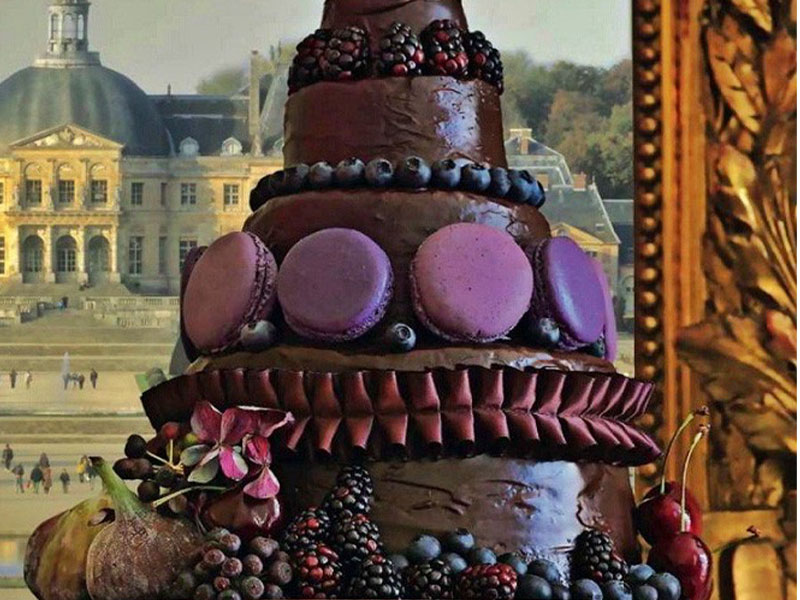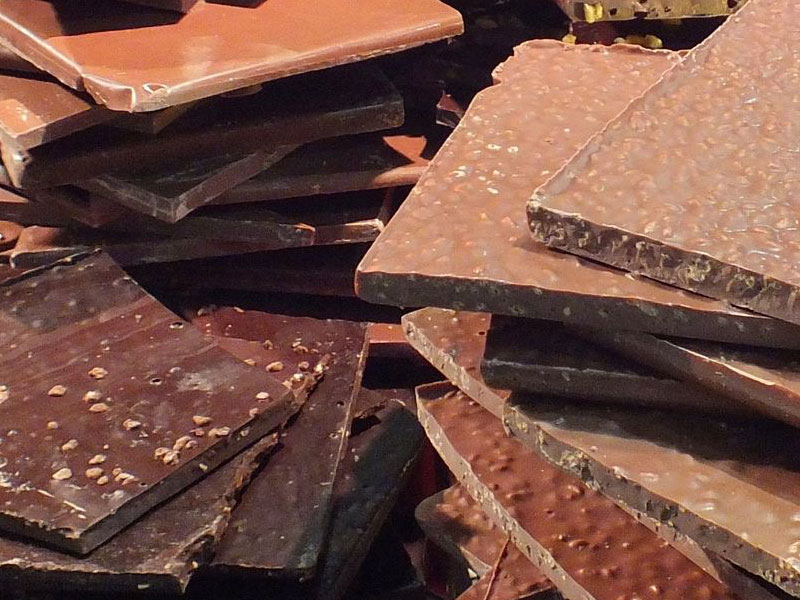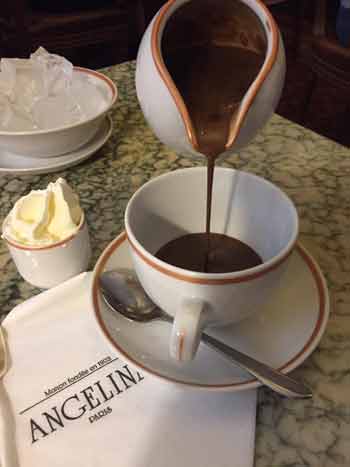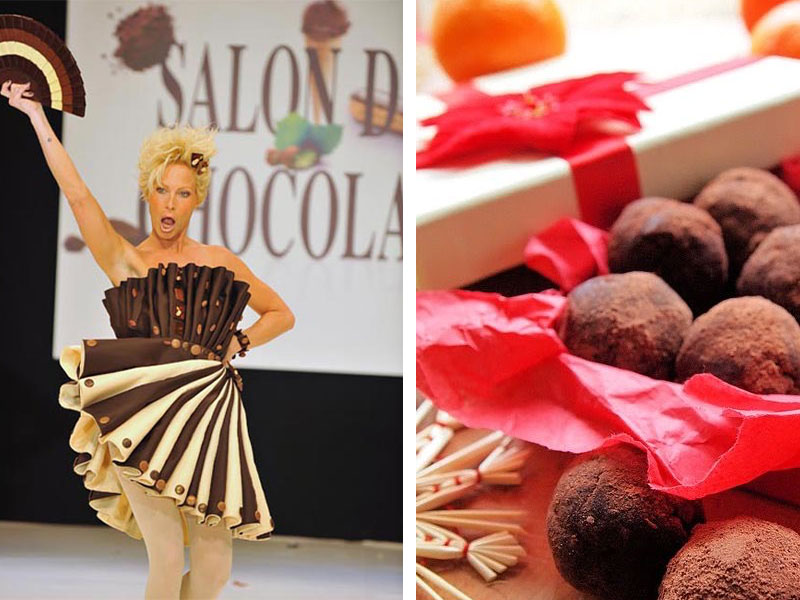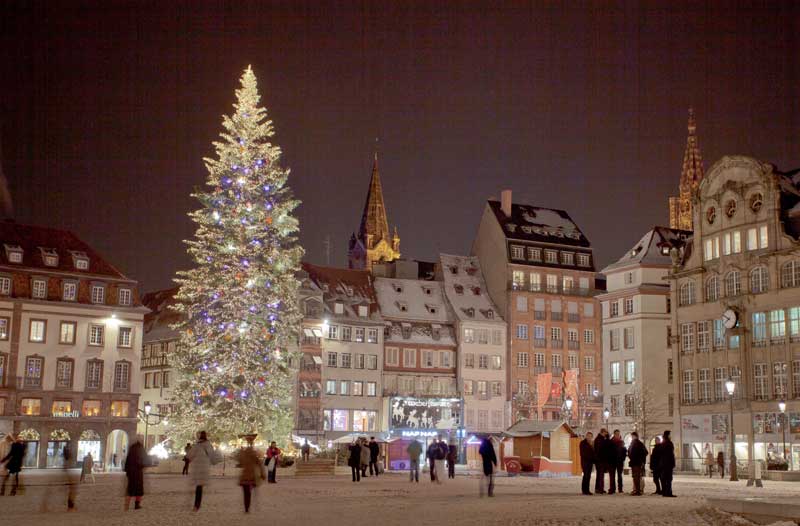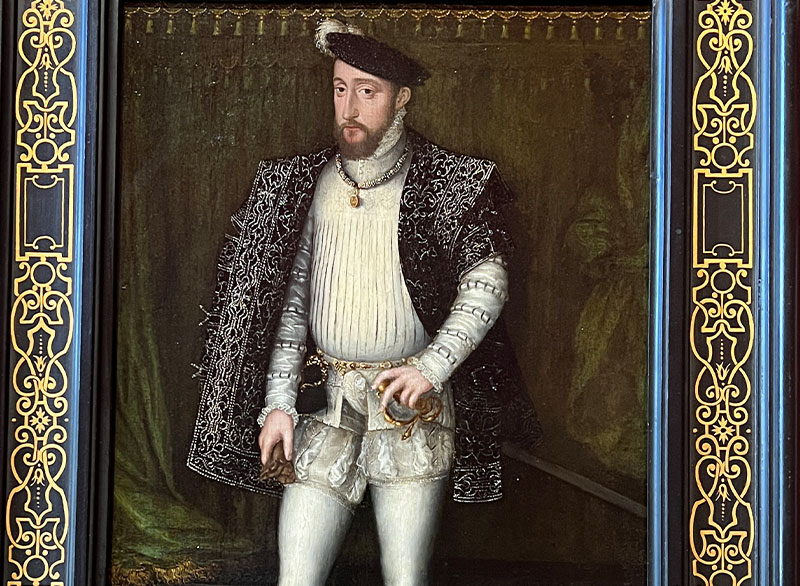We all know Paris as the city of love or the city of lights – but did you know it is also the city of chocolate shops? The ‘Chocolate Capital’ boasts over 300 dedicated stores, claiming the title around the world and proving the French just love chocolate.
In fact they could be said to have a mild obsession with chocolate says food writer Ally Mitchell…
The French love of chocolate
France is besotted, and produces around 700 000 tonnes of chocolate each year. This love goes back all the way to the 17th century, when chocolate was an aphrodisiac drug lorded around Versailles, and nobles hired their own personal chocolate makers. However, it wasn’t all chocolate parties – it’s a tale of trade wars and greed which brought chocolate to the French stage.
For thousands of years, the Olmecs, then Mayans of ancient Mesoamerica (the Mexico of today), drank a brew of cacao. And by the 1500s, the Aztecs had adopted a similar cultural practice, drinking xoc*l*tl – meaning ‘bitter water’, and traded the beans as currency. This ‘drink of the gods’ was consumed by the King Montezuma 50 times a day and was said to possess mystical medicinal and aphrodisiac properties.
In the 16th century, Christopher Columbus allegedly brought cacao beans back to Europe after exploring the Americas, but these fruits were considered too bitter to gain any public excitement. However, when the Spanish conquistadores including Hernán Cortés returned with the beans in the late 1500s, the publicity grew – especially when the Spanish court added other colonial imports, including sugar, to make it more palatable. The Spanish then kept the joy of chocolate a trade secret for the next decade.
Chocolate meet France
Chocolate came to southern France in the early 1600s, introduced by Jewish migrants who settled in Bayonne, bringing with the secret of chocolate-making. Over the next two hundred years, this community founded the first French chocolate companies, and established Bayonne as France’s first chocolatier city. Finally, the Spanish secret of chocolate was released around Europe.
By 1615, chocolate was the darling of the French court. The 14-year-old Spanish princess Anne of Austria presented her betrothed King Louis XIII with a chest filled with chocolate, and from then on it was the exclusive indulgence of the Kings of France and their courts. Consumed in liquid form, this exoticism was flavoured with other mystical ingredients such as coffee, cloves and vanilla, all considered to possess medicinal or drug-like qualities. Most of all, the French court deemed chocolate an aphrodisiac thanks to its revitalising qualities and its Aztec roots, which, to the French aristocrats’ sensibilities, meant it was wildly sensual. In 1702, a doctor reported that, ‘Chocolate’s properties are such that they stimulate Venus’ ardour’.
The royal love of chocolate
Under Louis XIV, chocolate in all its forms was a feature of Versailles’ cuisine. Confectioners were hired exclusively to make the nobles daily hot chocolates. He himself developed such a taste for chocolate, that it was deemed a continuous supply was essential. So he ordered the cultivation of cocoa beans in the French-owned West Indies. His own chocolatier David Chaillou was bestowed with the privilege of being the country’s only chocolate trader. He opened the first chocolate factory in 1659, a monopoly that lasted for 29 years.
The fascination for chocolate continued with the king’s successors. Louis XV could be found in the kitchens making his own hot chocolate, the recipe of which still survives today. His favourite mistresses, Madame de Pompadour and Madame du Barry regularly drank hot chocolate and inspired court gossip. Madame de Pompadour’s low libido was notorious so drinking chocolate ‘heated her blood’ whereas Madame du Barry was at the opposite end of the spectrum, and it was claimed chocolate elicited her ‘insatiable lust’.
Louis XVI, along with Marie-Antoinette, was a connoisseur of the beverage. The queen’s own chocolate maker was none other than Chaillou’s great-great-grandson Sulpice Debauve. By now, all noble families had their own chocolatier, yet the royal couple had two, including the king’s personal physician since chocolate was still believed to be medicinally beneficial.
Marie-Antoinette started each day with a cup of hot chocolate served with whipped cream in the Viennese style. Debauve made her chocolate medallions which disguised the taste of bitter medicine that the Queen took for her headaches. Known as “Pistoles de Marie-Antoinette” they were the first chewable chocolates. They were such a success that, in 1823, at his Parisian chocolate shop, he created ‘dietary’ chocolates for good health – flavoured with orange blossom and vanilla. To this day “Pistoles de Marie-Antoinette” are still made by Debauve & Gallais – though without the headache medicine.
Everyone loves chocolate
By then, in the post-revolution climate, chocolate was finally available to the masses, yet was still considered to be a medicine, so it was marketed by pharmaceutical company, Menier. The company opened their first factory in 1814 and sold chocolate as a soothing yet mildly stimulating recreational drug. By the end of the 19th century, it was believed to be the world’s largest chocolate factory with plantations and railroads, and sold wrapped chocolate bars, recognisable as the chocolate we know and love today.
France’s hold over chocolate may have waned over the last century, especially with Menier being absorbed by global conglomerate Nestle, but there is still an illicit charm to French chocolate. The devilish chocolate truffle is uniquely French, allegedly created by the Dufour family in 1895. La Maison du Chocolat and Valrhona are two high-quality French brands loved around the world, and we must not forget the one and only pain au chocolat – France’s disguised excuse to eat chocolate for breakfast – and of course, the very French chocolat chaud, a taste of an abandoned opulence.
Ally Mitchell is a blogger and freelance writer, specialising in food and recipes. Ally left the UK to live in Toulouse in 2021 and now writes about her new life in France on her food blog NigellaEatsEverything.
Want more France?
Discover more fabulous destinations in France with our free magazine The Good Life France
Love France? Have a listen to our podcast – everything you want to know about France and more!
All rights reserved. This article may not be published, broadcast, rewritten (including translated) or redistributed without written permission.
